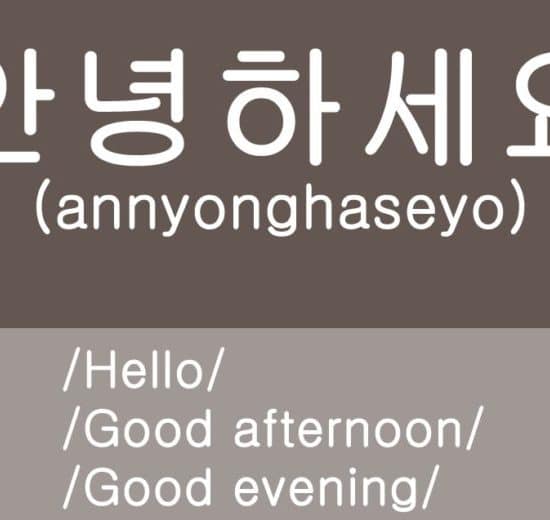The Origin of Korean Language
The Origin of Korean Language

The Korean language, also known locally as Kugo, has a rich history behind it. Its roots have been linked to various ancient languages such as Ural-Altaic, Indo-European, Dravidian Ainu, and other languages. The Korean language has also been linked to some familiar Asian languages such as Chinese and Japanese.
Korean is now known to be written in their alphabet called “Hangul”, although it is originally written in Chinese characters known as “Hanja”. The current alphabet Hangul consists of 24 letters, of which 10 are vowels, and the other 14 are consonants. Hangul is not an ideographic writing system unlike Chinese and the Japanese Kanji. A syllabic unit can be formed by up to 5 combined letters.
Korean classes discuss its origins briefly, and in a shallow context, so it is up to historians or students majoring in the language to further their knowledge regarding Korean.
There are only two dialects officially recorded in the Korean peninsula. The dialect used in South Korea or the Seoul dialect and Pyongyang dialect used in the North Korea. There are also other regional dialects spoken by Korean natives.
The Korean language is spoken widely even outside the Korean peninsula. Even in the Western countries such as the US, there are many people who indulge themselves in speaking Korean. Even in Russian countries such as Kazakhstan and Uzbekistan, Korean is known to be spoken of some people. The Korean language is also studied widely in the Asian region. The way the Korean language is used and studied may differ from area to area or from country to country. For example, American Korean may be a little different to Korean itself or Japanese Korean, or Korean used by Chinese natives may be a little different if you learn Korean in Singapore.




Pingback: 5 Reasons Why You Need to Learn Korean in a Private Course
Pingback: When is Korean Language Used in Foreign Negotiations